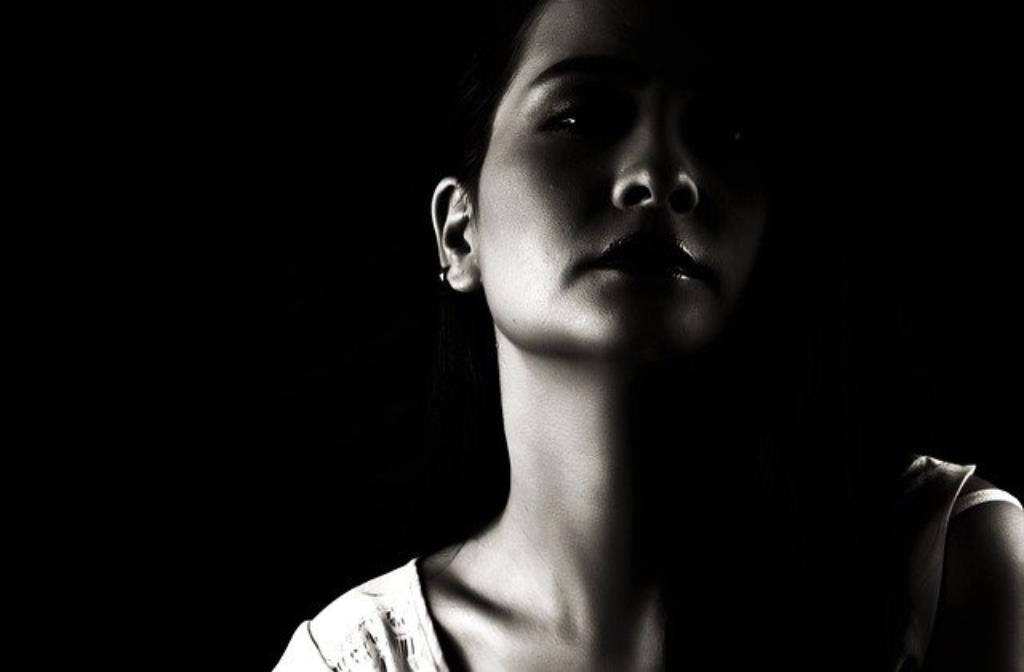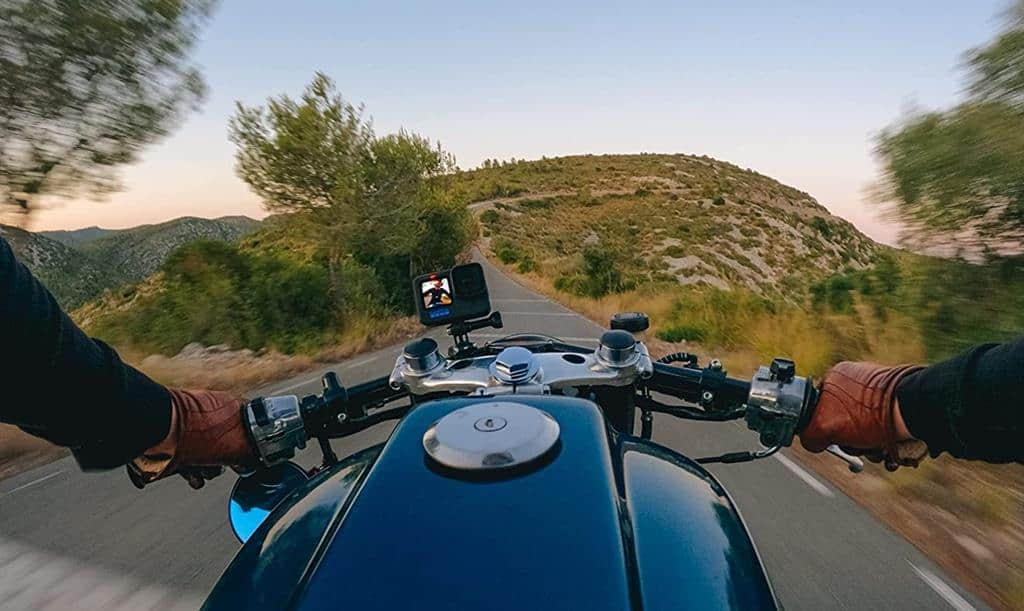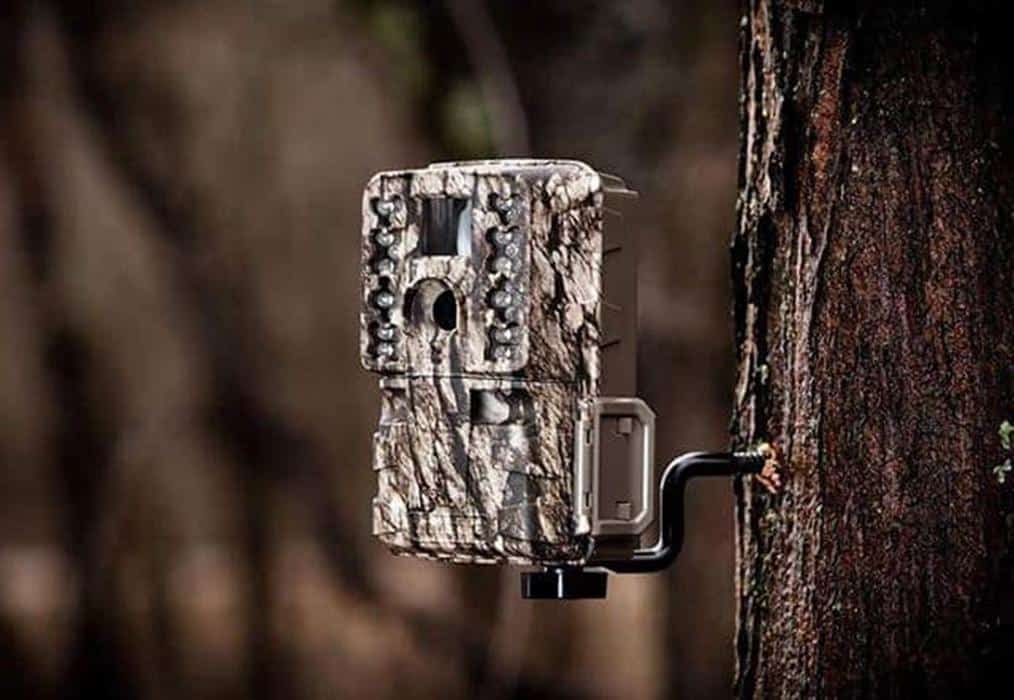 Photography has become a mainstream profession everyone is diving into. Therefore, with many photographers, it has become so hard to choose the best cameraman who can produce quality pictures without flash. That being said, photographing in a low light condition without flash seems a challenge to many photographers, especially if you don’t know what’s needed to avoid blurry images.
Photography has become a mainstream profession everyone is diving into. Therefore, with many photographers, it has become so hard to choose the best cameraman who can produce quality pictures without flash. That being said, photographing in a low light condition without flash seems a challenge to many photographers, especially if you don’t know what’s needed to avoid blurry images.
Good news, there are several tips you can use to shoot low light photography without flash this year. If you’re a passionate photographer wondering how to achieve this, you’re lucky to meet this post. We’ve penned down some noteworthy tips to help you take extraordinary pictures without flash in this article. Continue reading to know how to shoot low light photography without flash.
7 Pro Tips on How to Shoot Low Light Photography without Flash
1. Avoid Shaking Your Camera
If you are skilled in taking photos, I bet you understand the power of a tripod stand when taking pictures and videos. Therefore, to get sharp and high-quality images, you’ll be required to avoid shaking your camera. Therefore, this can be avoided by either using a tripod stand, shutter release cable, or your camera’s timer.
Additionally, you can remove camera shake through using the built-in stabilization features of the camera designed in your phone. Depending on the design of your phone, you can access built-in camera stabilization on the camera lens or body. Other factors, such as the brand of your camera, will determine how the feature will be called.

2. Make Use of Other Light Sources
Don’t get confused with this strategy. Using other light sources is another simple and excellent tip you can embrace to get sharp and quality images. However, low lighting doesn’t mean there is no light.
To get superb photos without flash, try to use other light sources as much as you can.
If your object isn’t immobile, you can position it near the light source or move the light towards your thing to get the fantastic images for your clients or own use. While using another source of light, ensure you don’t position your object behind the source of light if it is the only source at the moment.
3. Adjust Your Camera’s ISO Settings
Unfortunately, not all photographers are competent enough to increase or reduce the ISO settings of their digital cameras. Playing with ISO settings is a significant step in determining how close and sensitive your image is to the light. For instance, when you increase your ISO setting from 300 to 600, you’ll permit more light to reach your camera’s sensor, unlike when the settings are low.
Therefore, raising your ISO setting will keep your camera intact to take quality pictures without flash. And so, for low light photography, it is advisable to increase your ISO settings accordingly.

4. Make Use of a Slower Shutter Speed
Apart from increasing the ISO settings, using a slower shutter speed when taking pictures will help you capture a sharp and quality image. This will permit you to have an extended exposure of time while taking pictures which will allow more light to the object.
Nonetheless, you need to execute this strategy carefully. And so, for you to produce sharp images using a slower shutter speed, you’ll be compelled to keep your camera still, without any form of movement. So, when you take pictures, this might result in blurry images. Therefore, you need to ensure your camera is not shaking while using this technique to produce sharp photos in low-light photography without flash.
5. Buy a Fast Lens
In any case, if you’re using a DSLR camera and want to accommodate the low light photography, it is advisable to buy a fast lens. Generally, the fast lens is characterized by a wide aperture, about f/1.4, f/2.8, or f/1.8. This lens is fantastic for low lighting shooting because it permits more light into the object.
Additionally, a fast lens permits a quicker shutter speed, which leads to sharper pictures and minimal camera shaking. So, as an expert, ensure to embrace a fast lens to assist you in taking quality shoots in low light photography without flash.

6. Take Picture in Raw
Usually, the raw images consist of detailed information more than a JPEG file. In fact, the file is detailed three times more than the JPEG. Therefore, with vast amounts of data in low lighting photography, there are high chances of the images improving their visual look as time goes by in post-processing software.
In this case, you can decide to brighten other features in the camera and the level of exposure. Additionally, taking pictures in raw gives you more chances to fine-tune your capture than when using a JPEG format. However, it is better to have your capture a bit underexposed, unlike being overexposed.
7. Use a Wider Aperture
The wider aperture primarily allows more light to enter the camera. Thus, the more the gap is opened, the more your camera will let in more light suitable for brilliant capturing of images. Typically, the aperture is measured in f-stops numbers. For instance, these measurements start from f/1.4 up to numbers f/22.
Therefore, a lower number signifies a broader aperture, which results in more light entering the camera. On the flip side, the high number, f/22, indicates that the gap is closed. Thus, little to no light is entering the camera.
Thus, you’ll be compelled to use a broader aperture to shoot low-light photography to have sharp images. Nonetheless, adjusting the aperture will impact the depth of the field. That means; a wider aperture of roughly (f/1.4) the depth of the area will affect the sharpness of the captured image.
Final Thoughts
As a beginner photographer, shooting concise and sharp images demand some skills and camera adjustments to get things right. And, in most cases, shooting in low light photography might be a big challenge for several photographers.
However, suppose you want to know how to shoot low-light photography without flash. In that case, you can do so by using a wider aperture, shooting in raw, using a fast lens, and adjusting your camera ISO settings to facilitate more light into the targeted object.



